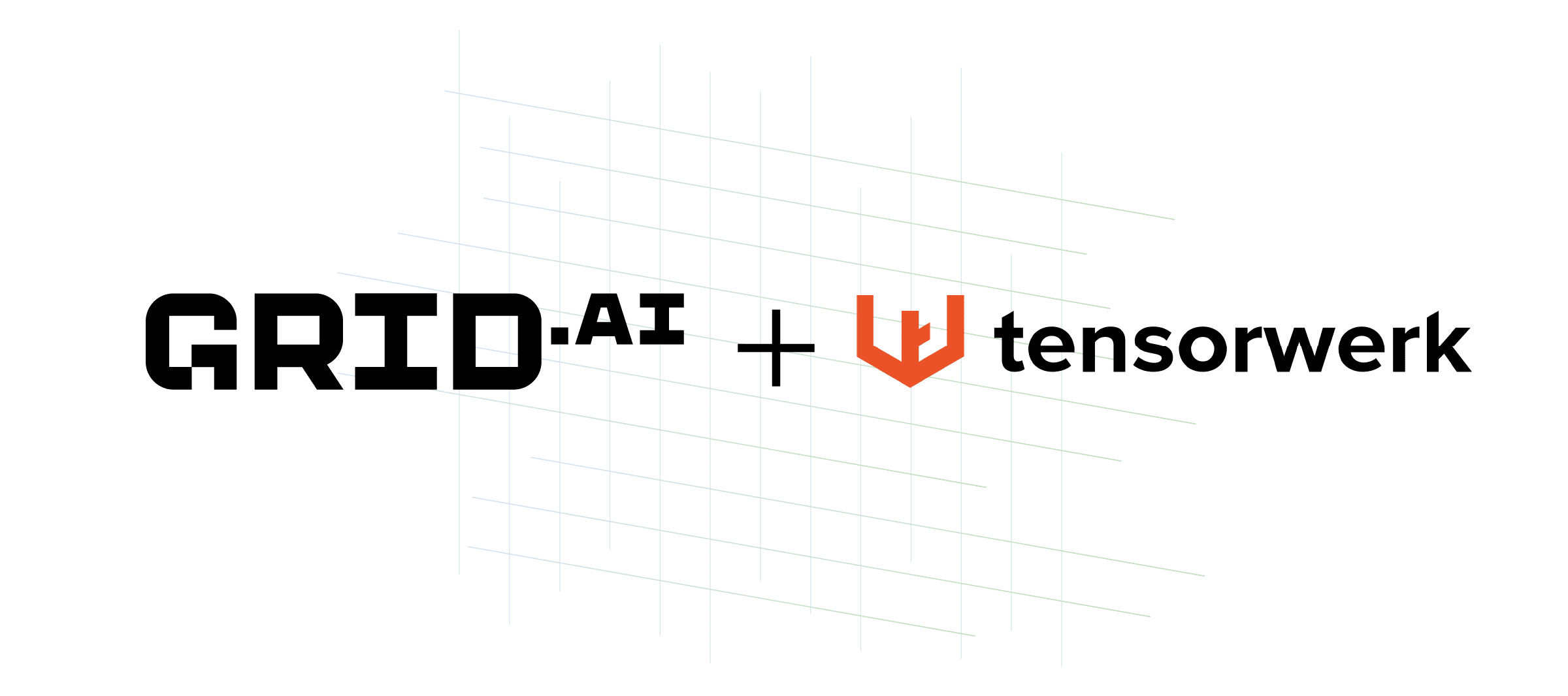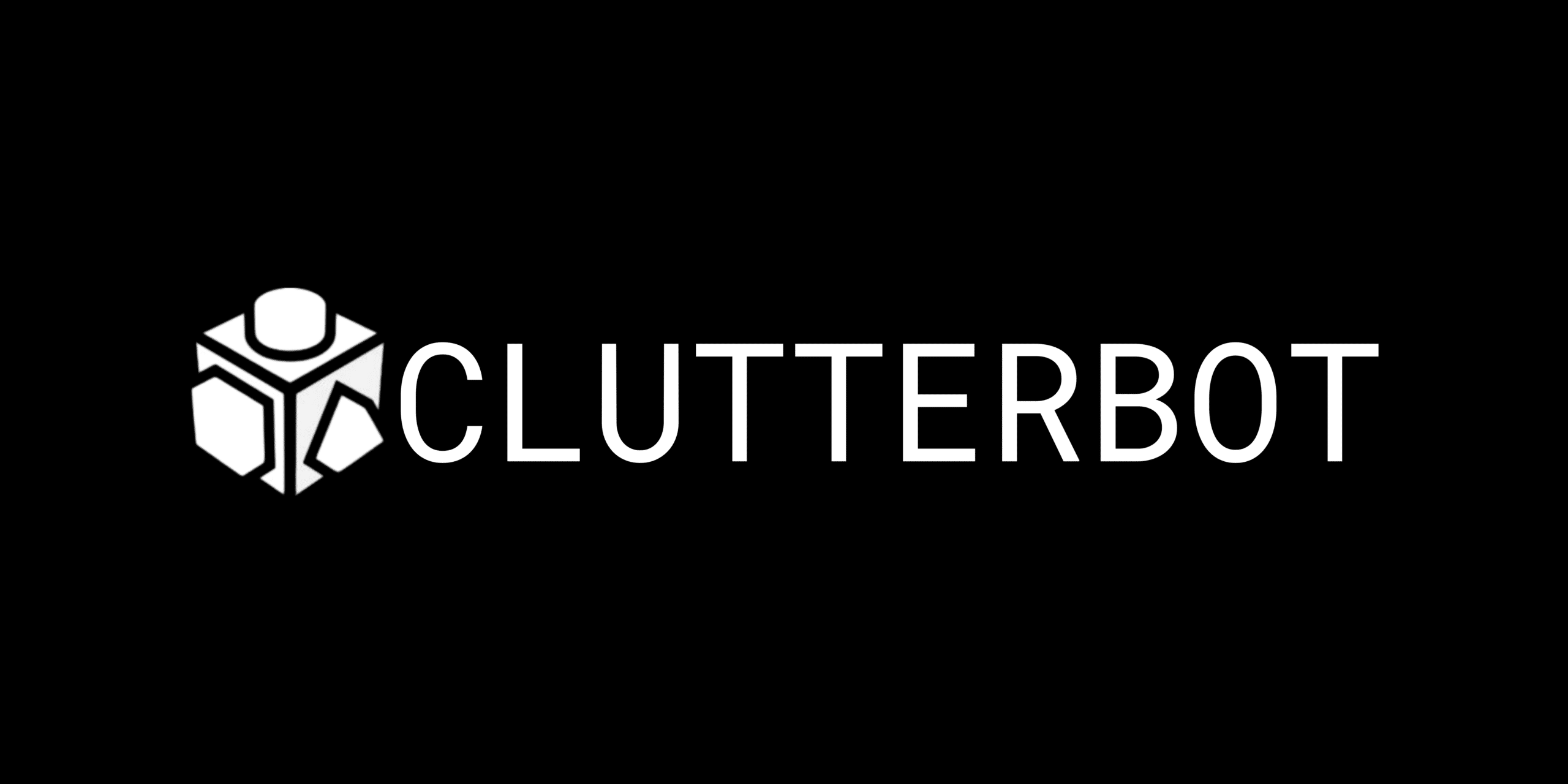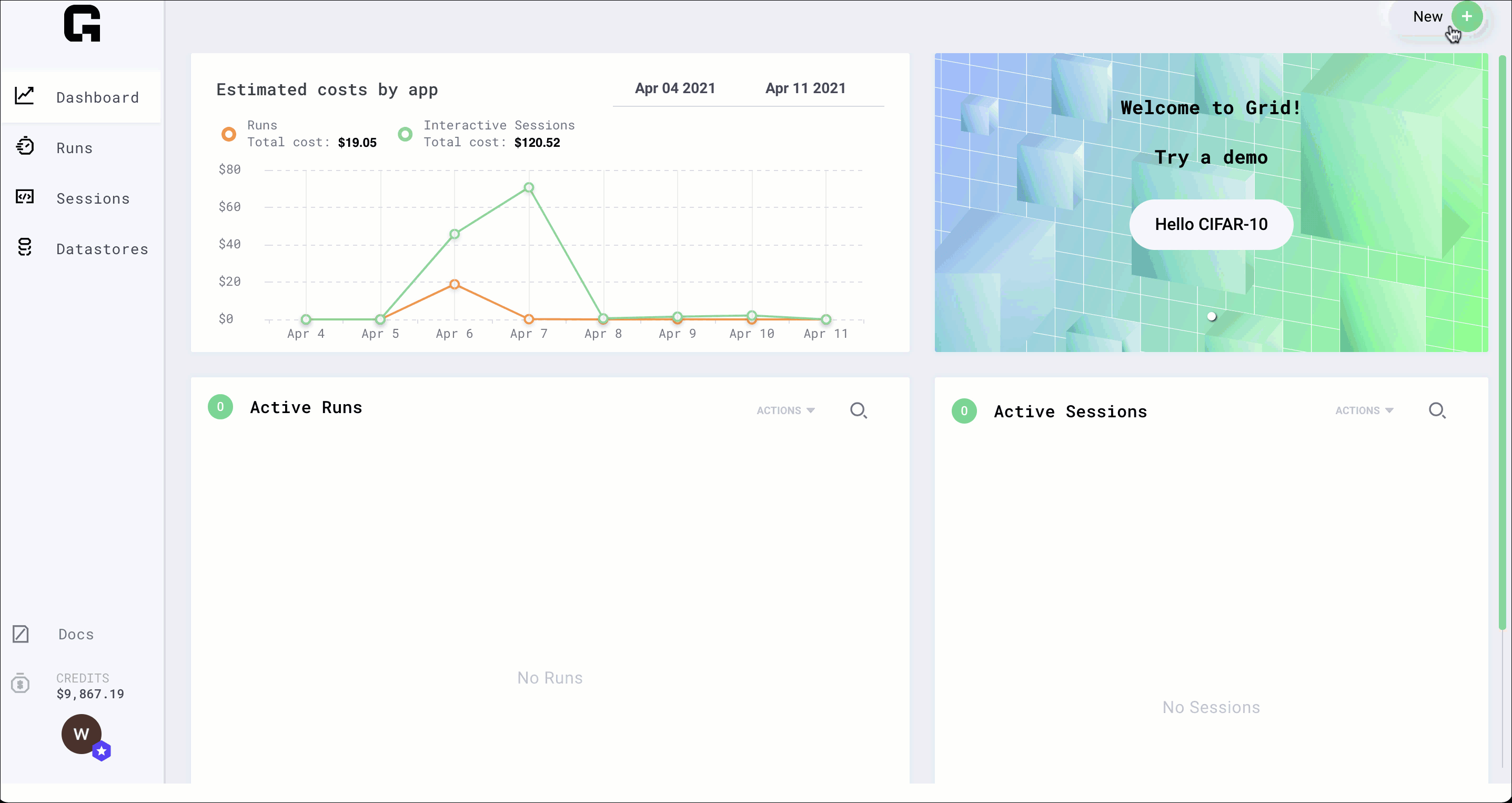Tensorwerk Announcement
A Letter From Luca Antiga, Co-Founder and CEO of Tensorwerk
Since its inception, Tensorwerk has been about people. First and foremost, people like Rick Izzo and Sherin Thomas, who were there with me materializing our vision of accessible, democratic, data-driven software.
It has also been about the many people with whom we’ve collaborated along the way, exploring synergies (as corporate jargon would put it), or excitedly sharing each other’s ideas (as a regular human would). This group includes the team at Grid. When we met Will and Luis, it became immediately clear that we shared a common vision for the future of machine learning and software development at large, one that was simultaneously more ambitious than anything attempted previously and also firmly grounded in a desire to make technology more accessible, easy to use, and intuitive than it had ever been. Out of our mutual desire to solve big challenges in machine learning like abstraction and composition grew a determination to empower developers with the next generation of deep learning products.
Finally, and perhaps most importantly, it has been about the expansive and constantly growing network of people who use, think about, innovate, develop, and scale up machine learning technology on a daily basis. By working with Grid and the PyTorch Lightning community, our goal is to serve that community more effectively and more profoundly than ever before. We hope, for example, to apply the expertise we’ve developed to make enterprise-level model serving accessible not only to large enterprises, but to the broader machine learning community as well. As deep learning becomes an increasingly integral aspect of software development, and as that development moves towards a combination of prescriptive and data-driven software, we have sought to build out a paradigm that enables the people who will be developing within it to do amazing things.
When I think about how Tensorwerk fits into Grid, I think about the people at the heart of these overlapping, ambitious, and exciting endeavors. Not just the inspiring people with whom I work every single day, but also the developers from across the world who use our tooling to do an array of outstanding things, and the people we have yet to bring into the fold.
We’ve got plenty of challenges ahead of us, and I’m excited to approach them together.
Luca Antiga
Co-Founder, CEO
⚡️ Read the press release here




